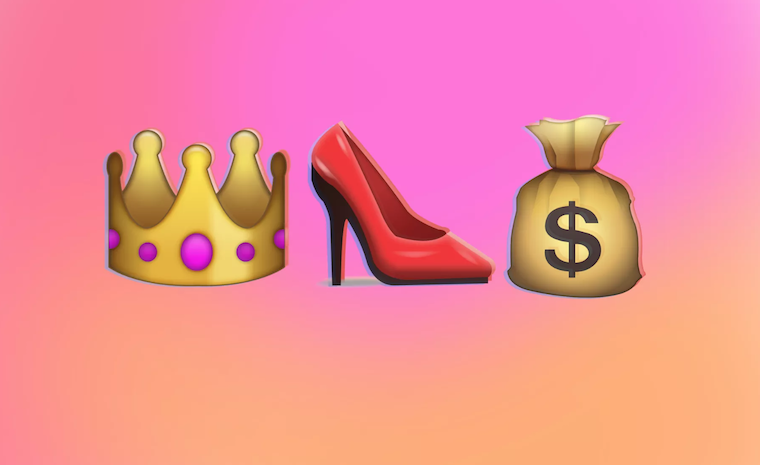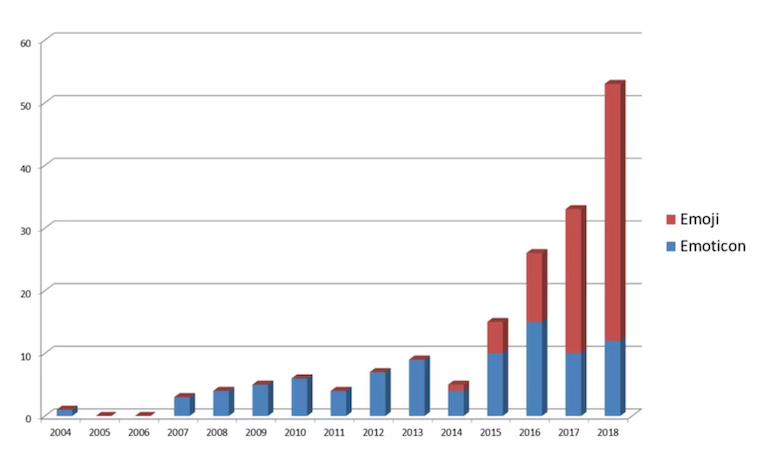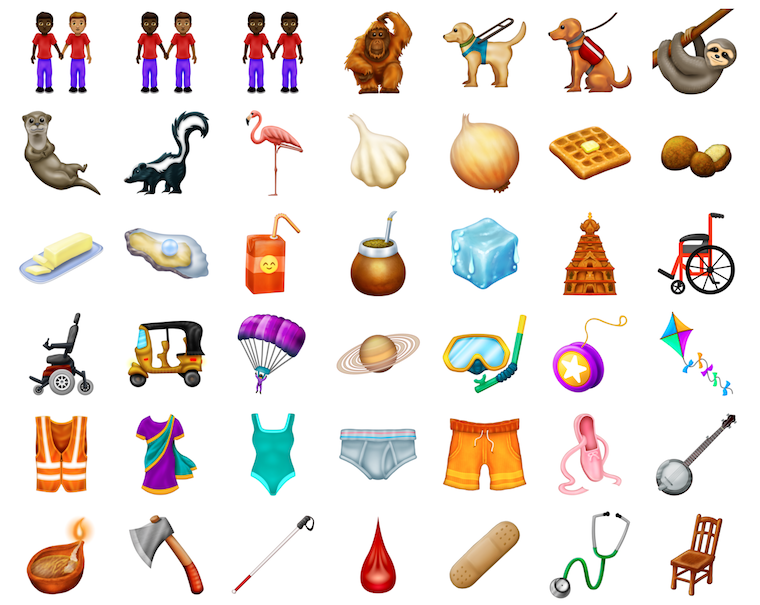Last year, some media reported on a court case in which a judge found a series of emoticons in a text message valid consent to rent an apartment. Bizarre as this case may have seemed, it was clearly not the first, the last, and by no means the only one of its kind. The number of cases where cartoon emoticons and their meaning have been dealt with in court is constantly increasing.
The first known case of this kind even dates back to 2004, i.e. before the introduction of the iPhone, when it was not emojis as such, but smileys consisting of ordinary punctuation marks. There are more than fifty such cases in total, and as of 2017, the subject of these disputes are almost exclusively emojis. Between 2004 and 2019, the number of emoticons featured in lawsuits in the United States has grown exponentially. While relatively recently, the meaning of emoticons was still too small to be able to significantly influence a court case, along with the increasing frequency of their use, the number of disputes about their meaning and interpretation is also increasing.
Santa Clara University Law Professor Eric Goldman he found fifty such cases. However, the definitive number is not nearly 100% accurate, because Goldman specifically searched for records containing the keyword "emoticon" or "emoji", while the same issue could have been dealt with by disputes in which keywords such as "images" or "symbols" appear in the records. .
One example is the prostitution dispute where the report in question featured images of a royal crown, high heels and a wad of money. According to the indictment, the said symbols were a clear reference to a "pimp". Of course, the case did not depend entirely on emoticons, but they played an important role as evidence. According to Goldman, the cases in which emoticons will play a key role will increase even more in the future. One of the problems in this context can also be the way different platforms display the same unicode characters - a completely innocent smiley sent from an iPhone can appear offensive to the recipient on an Android device.
According to Goldman, in court cases involving emoticons, it is important for lawyers to present the depiction of the images in question as seen by their clients. According to Goldman, it would be a fatal mistake to think that there is always only one kind of representation of a given character on all platforms.

Source: The Verge

